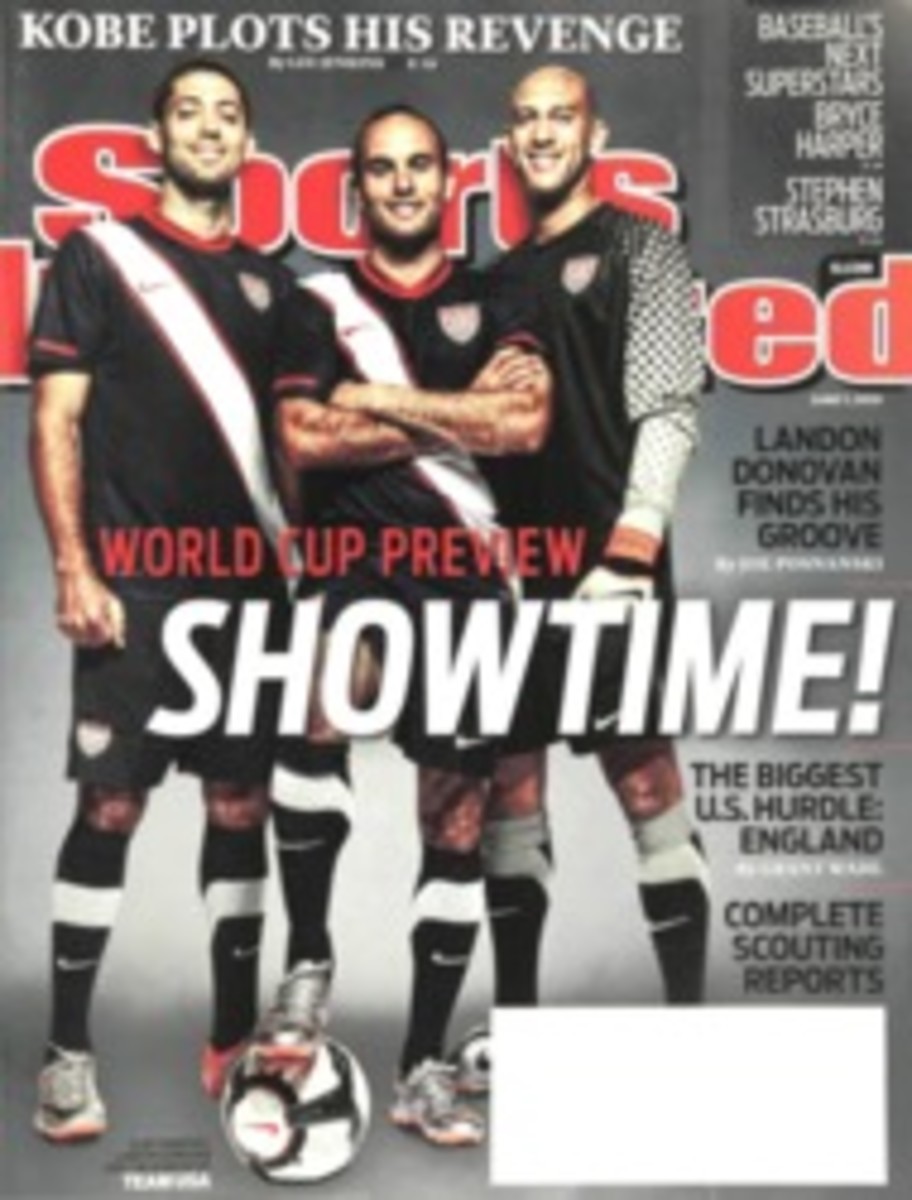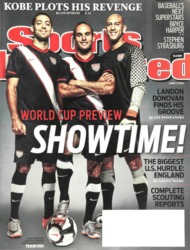
Under Covers
There's a reason Johnny Miller never gets tired of reminding us about his final round in the 1973 U.S. Open: It was that good. And his mystical 63 gets even better in the context of its surroundings. Like most memorable Opens—1913 at Brookline, '29 at Winged Foot, '50 at Merion, '60 at Cherry Hills, '82 at Pebble—the drama at Oakmont built from a foundation of story lines that border on the Shakespearean.
Consider the elements: a resurgent Arnold Palmer (43 years old and 0 for the majors since the '64 Masters), playing for a slice of redemption on home turf; Jack Nicklaus, Tom Weiskopf and Lee Trevino all in the thick of the hunt; the troubled, hard-drinking John Schlee in the mix as a spoiler; the malfunctioning sprinkler system that turned a terrifying track into a receptive layout. And, of course, Miller, who shot a score that resembled a mirage more than a number.
Reining in a narrative with so many plotlines is no gimme, but Schlossman, a history professor at Carnegie Mellon, and Lazarus, his former pupil, take on the challenge with aplomb. Through extensive research and interviews, they cannily loop the tales together, and the momentum they build en route is palpable, an achievement, certainly, since the outcome is no secret. In the end it's the cast of characters themselves—their dramas, comedies and motives inside the ropes and beyond—that heighten this chase and keep it moving through a series of biographical codas that extend decades past the trophy presentation.
No surprise, Miller and his 63 make the cut for One Week in June, an anthology of some great writing on the Open. It's better than a similar volume that came out in 2008 about the Masters, though this one, too, suffers from sins of commission (ascribing the famous four aces at Oak Hill in '89 to Oakland Hills) and omission (not including Al Laney, Red Smith and the Brits, or golf in the 21st century). Still, with the national championship as his playing field, editor Wade has a broad swatch to pluck from, and his book covers lots of territory, with some nice sidesteps from the obvious that include former USGA top dog Frank Hannigan's insights into course setup and some skinny from John Feinstein on the wit and wickedness behind the pairings.
As for the event itself, Wade reaches back to its beginnings—to Newport, R.I., in 1895 in an unsigned report in The New York Times—and stops at most of the important signposts along the way. But why a pair of feckless reports on Johnny McDermott in 1911 and nary a nod to Jack Fleck's improbable '55 takedown of Ben Hogan? And if there's room for the pap of Phil Mickelson's autobiography, which mixes Pinehurst with paternity, why nothing on the unforgettable tragicomedy of Phil's finale at Winged Foot in 2006, his riveting run with Tiger at Bethpage in '02 or the overtime thrills of Torrey Pines in '08?
For the most part, though, this is an enjoyable collection, a fair olio of snippets from golfers' memoirs and reportage from some of the game's most respected names: Francis Ouimet's account of Brookline; Palmer's memories of Cherry Hills; Grantland Rice looking back on Bobby Jones's putt to force a playoff at Winged Foot; Dan Jenkins on Hogan at Oakland Hills; Dick Schaap on Tom Watson and Hale Irwin at Winged Foot; and Herb Wind on Watson and Nicklaus at Pebble are all blissfully present. The great Jim Murray is represented by a lollipop on Lee Janzen, but it would have been nice to have experienced just once more the shock of Murray's eating his own words after he savaged Merion in 1971. Even reviewers have dreams.
GOLF.COM • SIGOLFNATION.COM
Chasing Greatness: Johnny Miller, Arnold Palmer, and the Miracle at Oakmont
by Adam Lazarus and Steve Schlossman (New American Library)
420 pp. $24.95
One Week in June: the U.S. Open
edited by Don Wade (Union Square Press)
422 pp. $19.95
TWO PHOTOS
ERICK W. RASCO (BOOKS)

